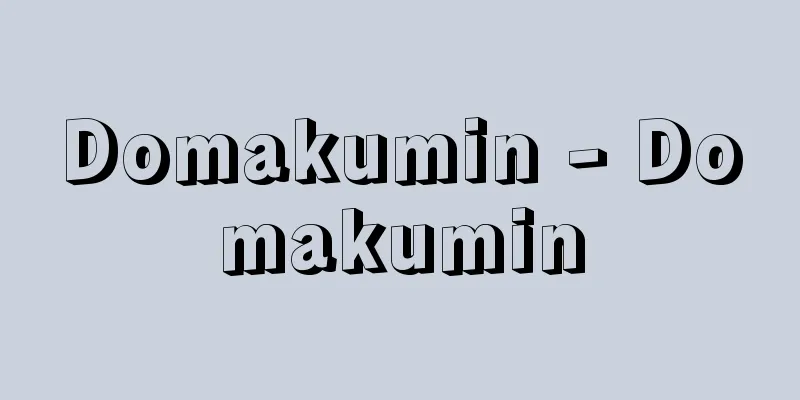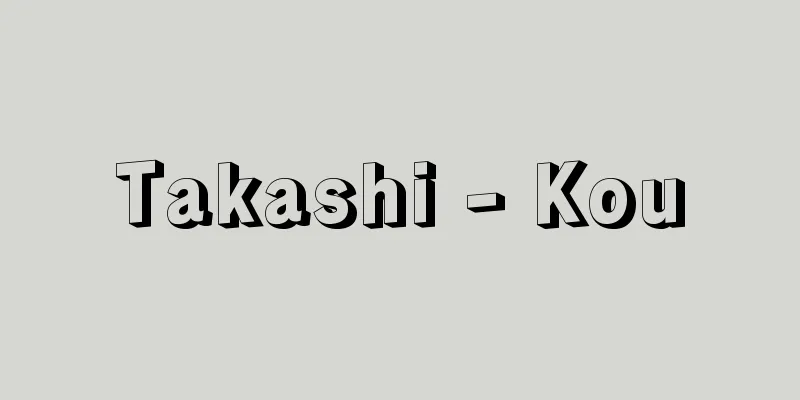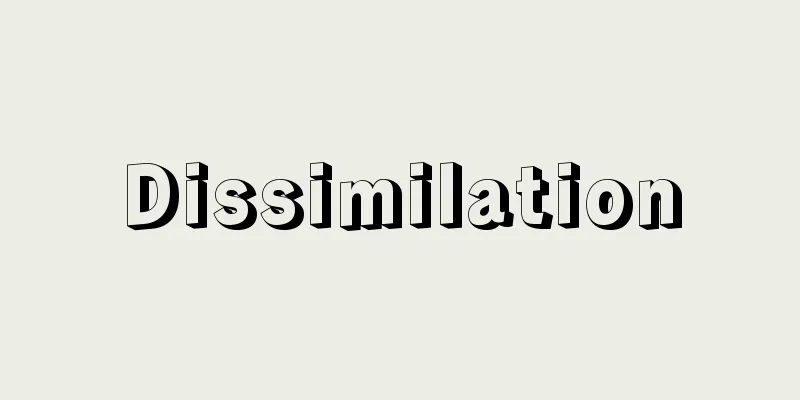Domakumin - Domakumin

|
The term mainly refers to the urban poor in Korea under Japanese rule. Dobaku is also called ummak in Korean, meaning a mud hut or a dugout hut. They built huts on riverbanks or mountain slopes on the outskirts of towns and settled there, in some areas forming communities of several hundred houses. Dobakumin existed during the Joseon Dynasty as well, but became a prominent phenomenon during the colonial period, with their numbers in Seoul (then Gyeongseong) increasing rapidly from 5,000 in 1931 to 20,000 in 1939. In most cases, farmers who lost their land migrated to the cities and lived in dobaku, and most of them worked as porters and construction workers, performing low-paid physical labor. Source: Heibonsha World Encyclopedia, 2nd Edition Information |
|
おもに,日本統治下の朝鮮における都市細民をいう。土幕は朝鮮語でウムマクǔmmakともいい,土小屋または掘立小屋のこと。町はずれの河川敷,山の傾斜地などに小屋を建てて住みついた人びとで,数百戸の部落を形成した地域もあった。土幕民は李朝時代にも存在したが,植民地期に顕著な現象となり,ソウル(当時京城)では1931年5000人であったのが39年2万人に急増した。土地を失った離農民が都市に流入して土幕に住むケースがほとんどで,職業としては運搬人夫(チゲかつぎ),土木人夫などの低賃金の肉体労働が大部分だった。
出典 株式会社平凡社世界大百科事典 第2版について 情報 |
<<: Tomakomai [city] - Tomakomai
Recommend
Molecular crystal
They are also called molecular crystals. They are...
Indo-Aryan languages
…a branch of the Indo-European language family. T...
Standards for welfare assistance - Seikatsuhogokijun
It specifically indicates the minimum standard of ...
Alankara - Alankara
...It includes poetry, prose, and dramas that com...
Tengenjutsu - Tengenjutsu
This refers to instrumental algebra practiced in ...
ergodic hypothesis
…The ergodic hypothesis is the foundation of stat...
Permissible Dose - Permissible Dose
The concept and evaluation of the permissible dos...
Kennedy, PJ (English spelling) KennedyPJ
...The family of JF Kennedy, the 35th President o...
Radio Free Europe
...It is broadcast (shortwave, medium wave, FM) i...
Kannambiji Temple
A Shingon Buddhist temple located on the right ban...
Ikuu
...Abstaining from meat and grains and eating onl...
Graben (English spelling)
A long, narrow area in which the strata are bound...
Gyoryu - Gyoryu
A deciduous small tree of the Tamarix family (APG...
Valentine (Saint) - Valentine
…The feast day of the Christian saint Valentinus ...
Order of the Garter
The highest order of the United Kingdom. It is awa...









